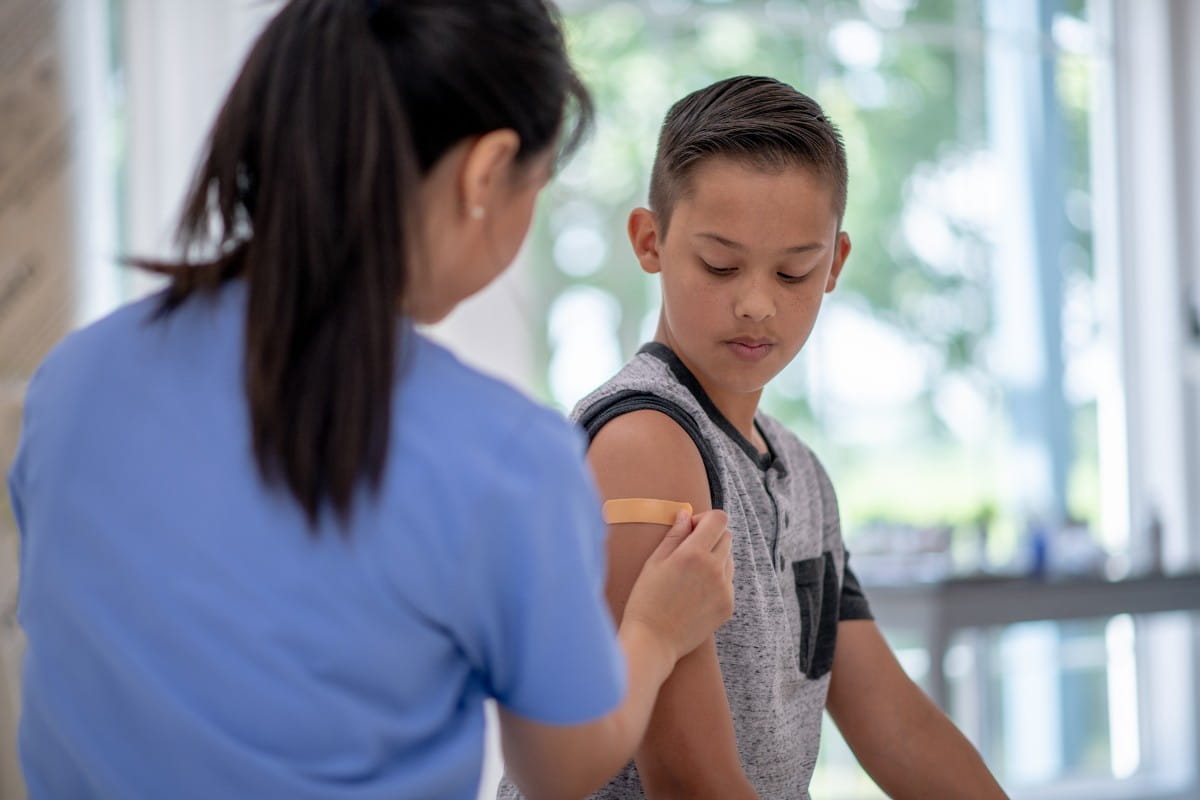The medical term for blood clots in veins is venous thromboembolism. VTE includes two conditions you’ve probably heard of but never gave much thought to – deep vein thrombosis and pulmonary embolism.
DVTs are blood clots that form in deep veins. PE is a complication of a DVT that happens when part of the blood clot breaks off and travels to the lungs, where it blocks blood flow. DVTs and PEs can be serious if not caught early as they can result in disability and even death.
“One reason they’re so dangerous is because many people aren’t aware of how common they are,” says Djurabek Babadjanov, M.D., a vascular specialist with Riverside Vascular Specialists. “And so they go unnoticed until it’s too late."
According to the American Society of Hematology, as many as 900,000 people in the U.S. are affected by VTE each year, with 33 percent experiencing another blood clot within 10 years.
Because blood clots can affect anyone, it’s vital to know how to prevent them and what to do if you think you have one.
“That’s the good thing about a DVT,” Dr. Babadjanov adds. “If you know what to look for, you can catch it before it becomes fatal.”
Recognizing a DVT
By knowing the signs and symptoms of and risk factors for a DVT, you can be better prepared for recognizing one in yourself or a loved one.
- If you’re experiencing swelling, pain and red skin in your lower leg, thigh, pelvis or arm and any of the following VTE risk factors apply to you, you could have a DVT:
- A recent hospitalization or surgery (50 percent of VTE cases are caused by this)
- Immobility, even just from sitting for too long
- Being of advanced age
- Obesity
- Increased estrogen exposure from things like pregnancy, birth control pills and hormone replacement therapy
- Injury to a vein
- A personal history of cancer and certain other chronic conditions
- A family history of VTE
Your risk for DVT and PE increases with each risk factor that applies to you.
Preventing DVT and PE
Although many VTE risk factors can’t be prevented, there are still things you can do to decrease your risk of developing DVT or PE:
- Get up and move as soon as you can after surgery or after being sick or injured.
- If you have to sit for many hours for work or travel, do seated leg exercises, get up and walk a little at least every two hours, and wear loose-fitting clothes.
- Stay at a healthy weight.
- Try to get at least 20 minutes of moderate physical activity every day
Treating VTE
If you think you have a DVT, call your doctor promptly. If caught early, it may be treated with anticoagulant medication and/or compression stockings. Severe cases require removing the blood clot through surgery.
DVTs that result in PE need emergency medical care with medicine and/or surgery. If you’re having trouble breathing, have a fast heart rate, have chest pain, are coughing up blood and are lightheaded, call 911 immediately. It could be a PE.
Learn about the experienced vascular specialists at Riverside who treat VTE.



